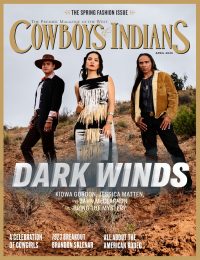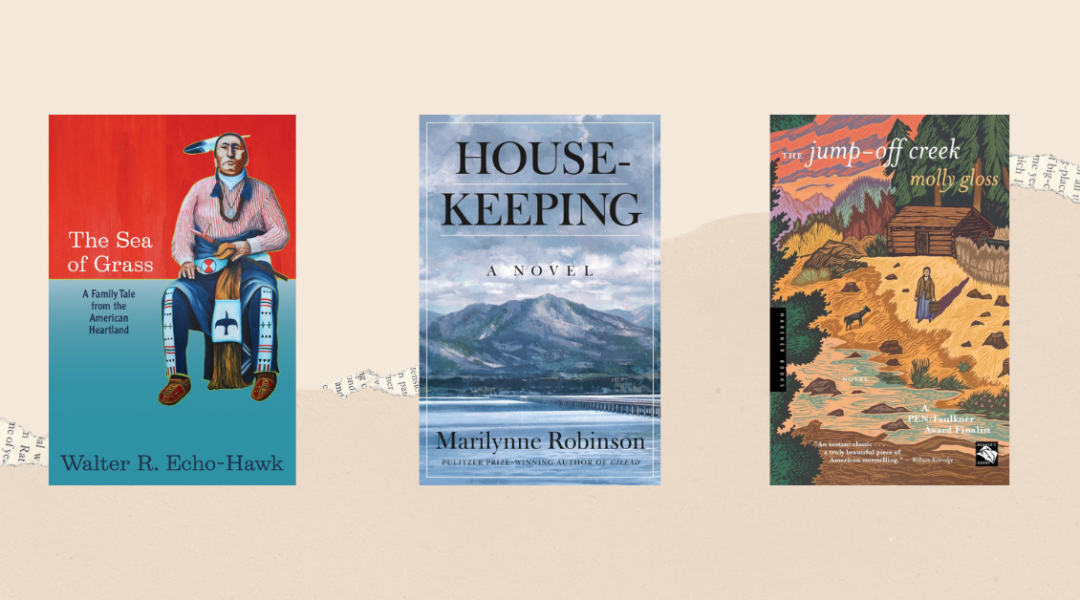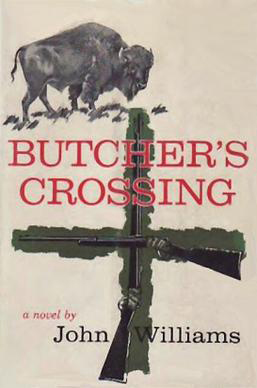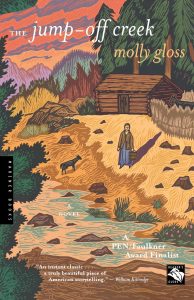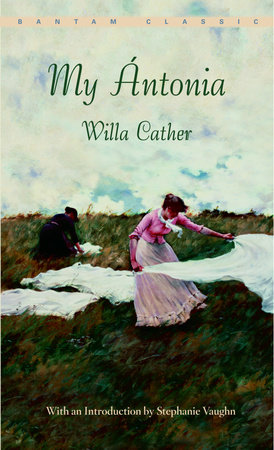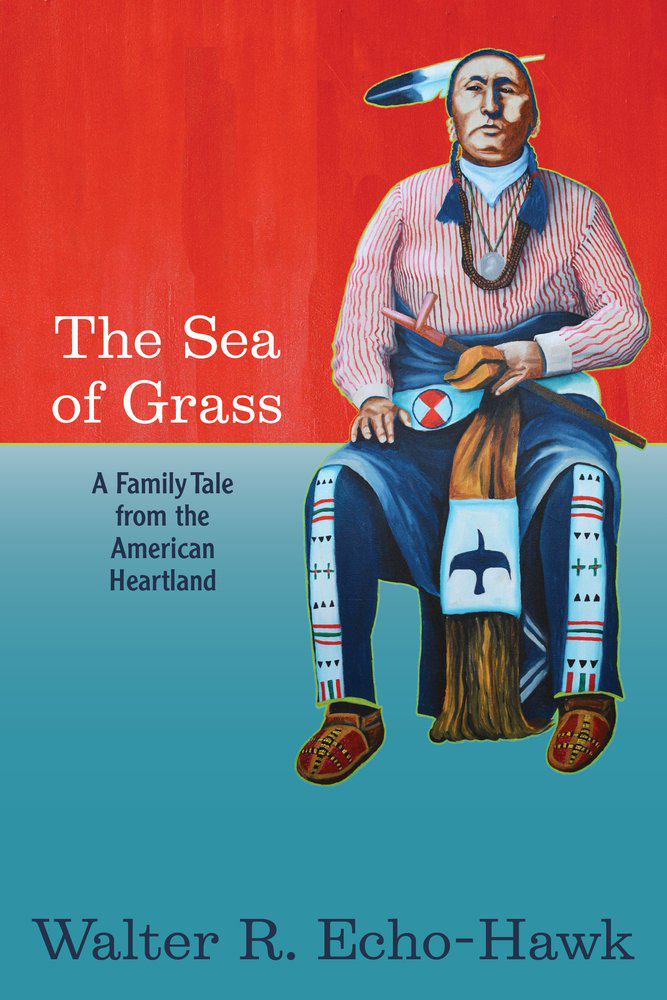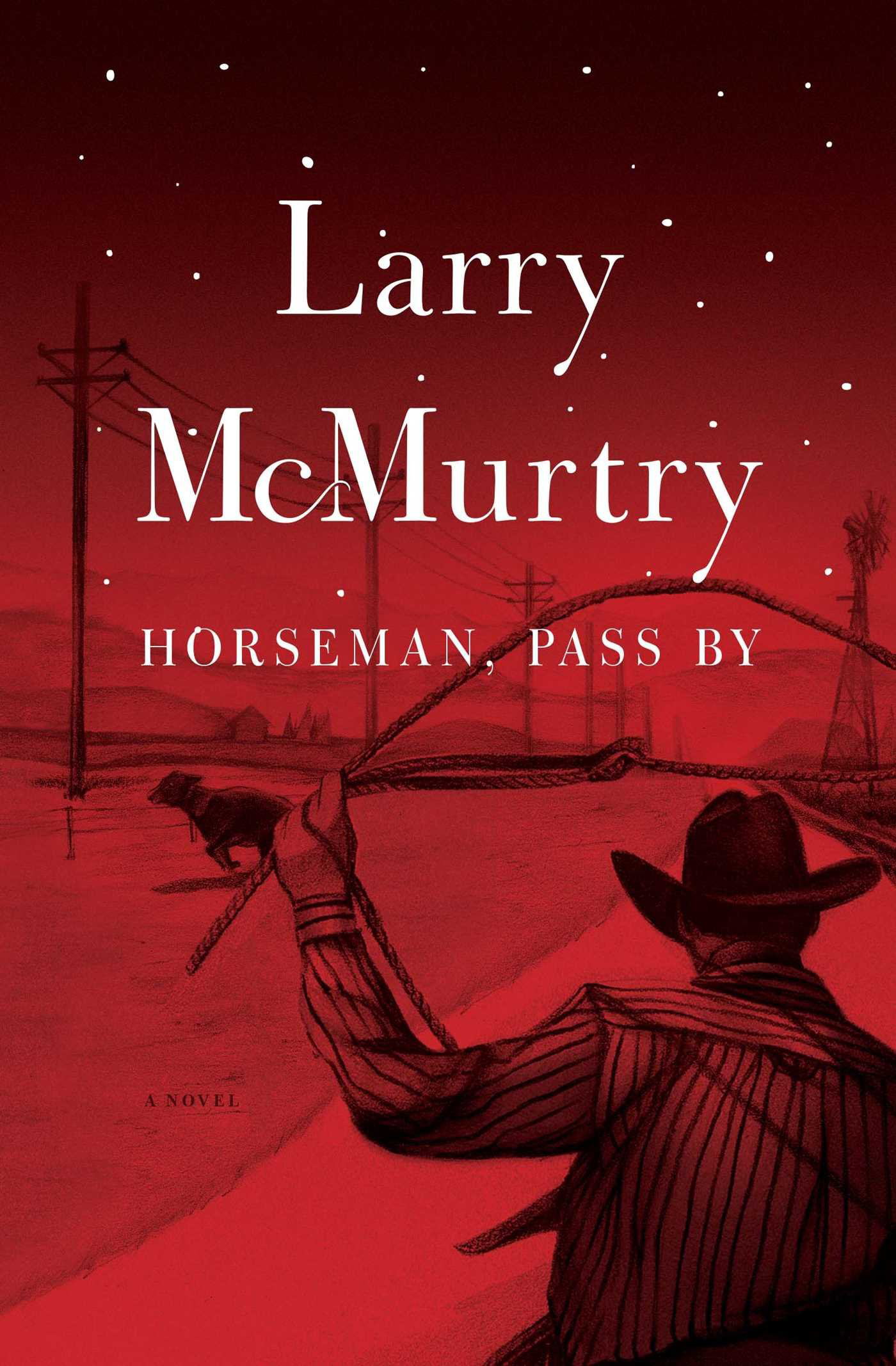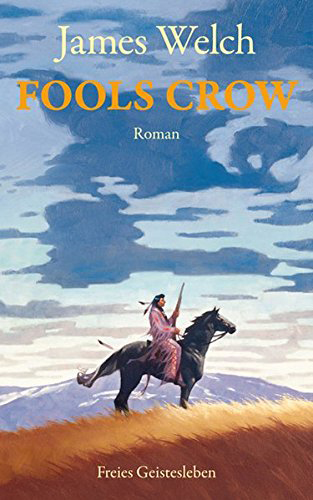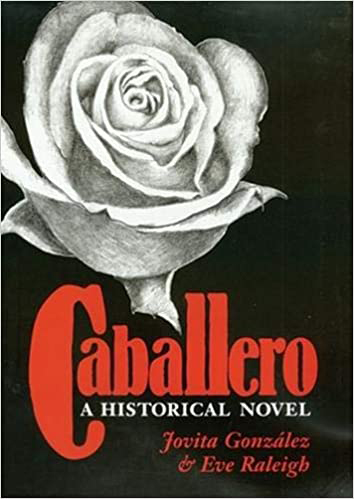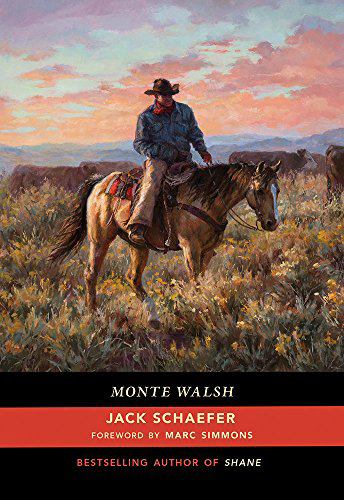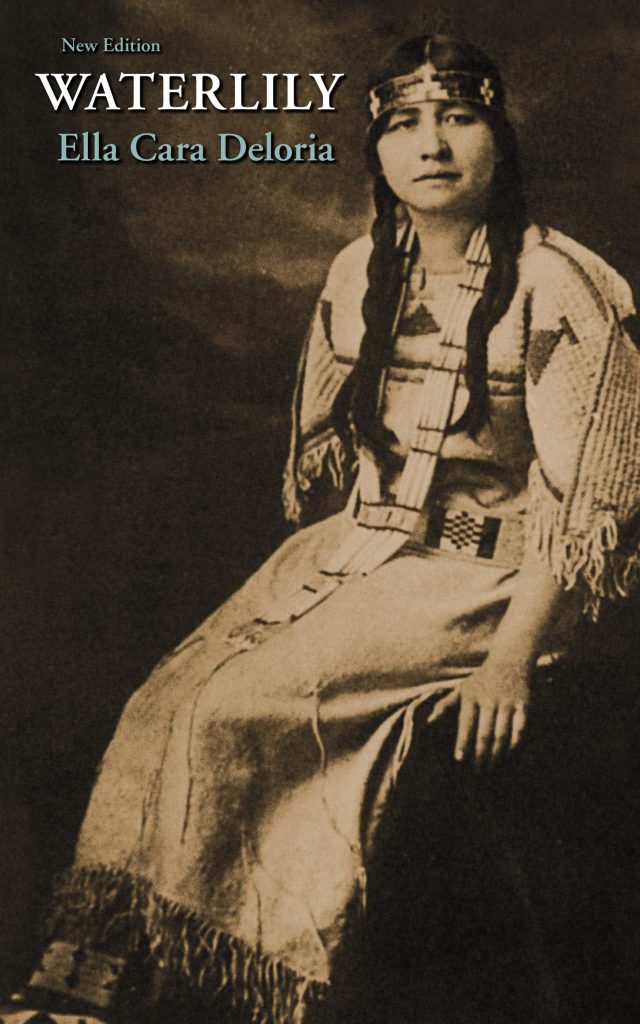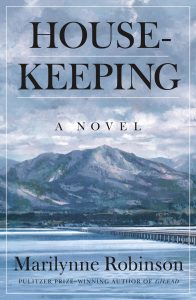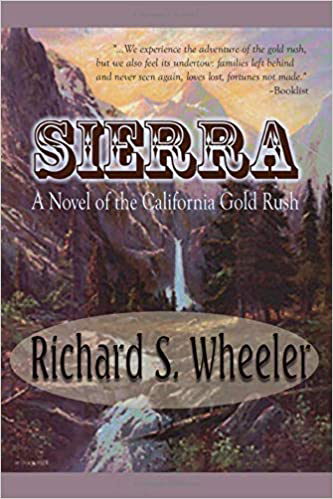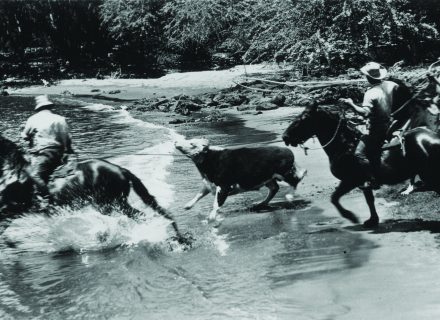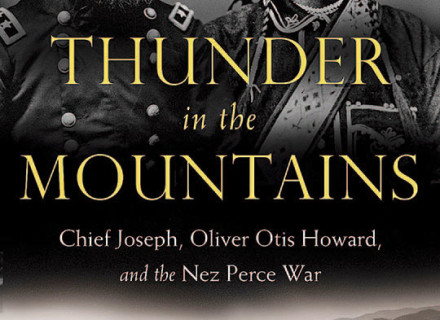From Larry McMurtry to Willa Cather, discover these 12 novels that transport us to the historic West.
Wanna get away? You probably recognize that tagline from a major airline ad campaign. Fortunately, for many of us the ultimate escape remains within easy reach. Books can transport us.
No surprise, the place we like to escape to most is the West. Scholarly texts that chart the course of our nation’s westward migration are invaluable resources. But putting the thump of hoofbeats, crackle of an open fire, or bracing rush of a mountain morning in our hands and heads is the novelist’s job.
With the world growing smaller, we’ve been feeling the itch to get our boots dusty. So we scoured our bookshelves, then asked a group of experts to help compile a list of Western books that transport us in time and space so completely we forget we’re turning pages.
With picks from Ken Burns’ co-writer Dayton Duncan (whose documentary Lewis & Clark: The Journey of the Corps of Discovery won a Western Heritage Award), celebrated historian Vicki Ruiz (author of numerous books including From Out of the Shadows: Mexican Women in Twentieth-Century America), Judi gaiashkibos (executive director of the Nebraska Commission on Indian Affairs and former president of the Governor’s Interstate Indian Council), and many others, we curated a list of hot-type time machines and set the dial to West.
Note: Some books in this list include language and events many readers will rightly consider at odds with contemporary sensibilities. Because we feel it’s neither wise nor possible to whitewash the past, we present these books and the demons and angels who enliven them as embodiments of their particular time and place.
Butcher’s Crossing, by John Williams (1960)
Setting: 1870s Kansas/Colorado
We were thrilled to get a nomination for what we consider one of the most criminally unknown books about the West. It came from Dr. John Faragher, who teaches popular American West history courses at Yale University. “It’s the story of a buffalo hunting expedition that begins on the plains of Colorado and ends in the mountains,” says Faragher, whose books include Daniel Boone: The Life and Legend of an American Pioneer. “It’s a testimonial to the presence of place, the power of nature, and the destructiveness of men.”
The Jump-Off Creek, by Molly Gloss (1989)
Setting: 1890s Oregon
Life is hard for everyone homesteading in the Oregon mountains. For the widowed woman at the center of this moving novel, the daily grind can also be brutal, lonely, and empowering. Gloss’s sparse prose makes you feel the snow blowing through cabin walls in your bones and the ever-present threat of predatory wolves and violent neighbors up and down your spine. Publisher’s Weekly singled out “the author’s intimate understanding of the harsh physical conditions and of the rituals and practices of frontier life.”
My Ántonia, by Willa Cather (1918)
Setting: Turn-of-the-century Nebraska
In our quest for sense-of-place books, no writer came up as often as Willa Cather. This saga revolving around the friendship of two almost-pioneers kids is her masterpiece. “Cather’s classic evokes the late 19th-century American West sod-busting, immigrant experience like no other book,” says Laura Woodworth-Ney, a former history professor at Idaho State University and author of Women in the American West.
“My wife, Dianne, claims that when I urged her to read it during our courtship, she understood it to be a test––which she passed when she told me how much she loved the book,” says writer Dayton Duncan, who’s currently collaborating with Ken Burns on a documentary he calls “a biography of the American buffalo.”
The Sea of Grass: A Family Tale from the American Heartland, by Walter Echo-Hawk (2018)
Setting: Great Plains
Echo-Hawk calls his sprawling historical novel “a Native American version of Alex Haley’s Roots.” That might be a grand comparison for any writer to make about his own work, but it’s easy to become immersed in this tale that follows 10 generations of the author’s family from the mid-1700s to the present. “Their Pawnee homeland is located in the heart of the Great Plains of North America,” says Echo-Hawk. “In the Pawnee origin story, the Great Spirit placed the people in the Sea of Grass when the world was young. Despite many trials, travails, and tribulations they remain in their aboriginal homeland to this day as one of America’s Great Plains Native Nations.”
Horseman, Pass By, by Larry McMurtry (1961)
Setting: 1950s northern Texas
From the opening chapter that invokes horse fields, the highway, railroads, and lights of the Wichita Falls airport, it’s clear 17-year-old narrator Lonnie senses a larger world out there. For now he’s stuck on a failing cattle ranch with a sharp-tongued grandfather and malignant step-uncle. The reader likewise feels “stuck” in this dead end, dusty bowl but in a way only McMurtry could make austerely glamorous.
Fools Crow, by James Welch (1986)
Setting: 1870s Montana
Following a small band of Blackfeet Indians pursuing their traditional life, this evocation of bygone ways transports the reader to the Montana wilderness with vivid descriptions of everything from horse-taking raids on rival Crow to raising children in an environment as monumental as it is unforgiving. “This novel, set after the Civil War, when the tribe was facing multiple existential challenges, took me into a culture and time and interior life of a fascinating character in profoundly affecting ways,” says Duncan.
Caballero: A Historical Novel, by Jovita González Mireles and Eve Raleigh (1996)
Setting: 1840s Texas-Mexico border
Historian Vicki Ruiz wanted to get in a plug for her childhood, horse-centric favorite, My Friend Flicka, but raved about this romantic tale of merging cultures along the Texas-Mexico border written during the 1930s and ’40s. “With strong women heroines, this novel offers captivating insight into the rhythms and struggles of a Tejano ranching family after the U.S.-Mexico War,” says Ruiz, a professor of history and Chicano/Latino studies at the University of California, Irvine.
Monte Walsh, by Jack Schaefer (1963)
Setting: All over the West
“Jack Schaefer is best remembered for Shane, but Monte Walsh is his masterpiece, told in vignettes about an open-range cowboy from the heyday of 1872 to the end of the era in 1913,” says Johnny D. Boggs, editor of the Western Writers of America’s Roundup Magazine. “Over the years, we watch the West change and cowhand Monte Walsh resist progress. The late cowboy-turned-author Max Evans, author of The Rounders and The Hi Lo Country, once asked Schaefer how he captured the authentic dialogue of cowboys perfectly. Schaefer said he stood by the fence at his home near Santa Fe and listened to his cowboy neighbors talking.”
Waterlily, by Ella Cara Deloria (1988)
Setting: Dakota Plains
Written in the 1940s, this sweeping narrative set in the days of early contact between Teton Sioux and whites was published after Deloria’s death in 1971. “We shall go back to a time prior to white settlement of the western plains, when native custom and thought were all there was,” wrote Deloria, who was born in 1889 on the Yankton Sioux Reservation and raised on the Pine Ridge Reservation in South Dakota. From the opening lines you understand the place the book takes you is vast but elemental to the lives of its characters: “The camp circle was on the move again. Whenever one site wore out and become unsanitary, or whenever it was time to go elsewhere to hunt deer or gather the fruits in season, the magistrates whose duty it was to think and plan for the people ordered this move.”
Housekeeping, by Marilynne Robinson (1980)
Setting: latter 20th-century Idaho
“A book about three generations of women in a northern Idaho lake town may seem an odd choice for this list, but the work’s focus on the struggle to find ‘home’ and to maintain a home against the encroaching but beautiful, watery environment makes this a western book,” says Laua Woodworth-Ney of the book The Guardian named one of the 100 best novels of all time. “It is also a modern sequel to My Ántonia, as the women are living in the book’s fictional town, Fingerbone, because their grandfather tired of pioneer life on the Plains, got a job with the train, and moved to the Pacific Northwest sometime in the early 20th century.”
Tracks, by Louise Erdrich (1988)
Setting: North Dakota
Several experts we queried insisted on books by Louise Erdrich, but this third in a series of four novels exploring the interrelated lives of Anishinaabe families on an Indian reservation in North Dakota got the most mentions. “It definitely transports people to the time period and place,” says Anton Treuer, author and professor of Ojibwe at Bemidji State University. Another Erdrich pick? The Plague of Doves, which also takes place on a North Dakota reservation. “This one sticks in my mind for its powerful evocation of the ways that places are impossible to separate from their histories,” says Jane Simonsen, an Augustana College professor who specializes in Native American history.
Sierra: A Novel of the California Gold Rush, by Richard S. Wheeler (1996)
Setting: Gold Rush California
What’s worse: losing the love of your life or a fortune in gold? This story of two men — one from New York, one from Iowa — swept up in one of the great bonanzas in world history is as much an examination of the human spirit (for better and worse) as it is a romantic ode to a place and time that utterly changed the course of American history. “Richard Wheeler gives readers a sense of traveling on a wagon train showing not just the miles of travel but the exhaustion that comes with walking or riding in a wagon day after day,” says Candy Moulton, executive director of the Western Writers of America. “The dirt, the wind, the sun, the challenge of finding grass for animals, ‘semi’-clean water, the physical toll of harnessing and hitching animals to wagons. I have traveled a lot of miles by wagon train and know these challenges firsthand. Richard’s book is the first one I ever read that really captured that effort by pioneers.”
From our May/June 2021 issue



